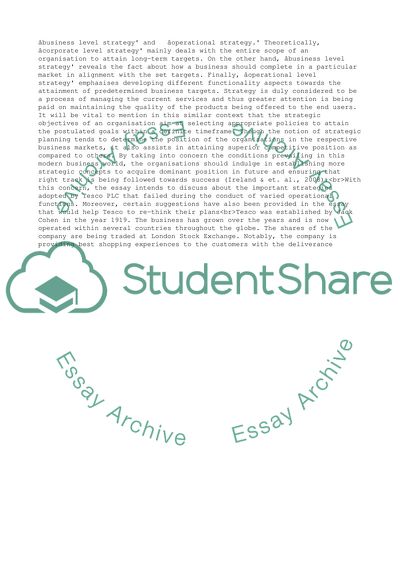Cite this document
(TESCO strategic planning Essay Example | Topics and Well Written Essays - 2500 words, n.d.)
TESCO strategic planning Essay Example | Topics and Well Written Essays - 2500 words. https://studentshare.org/management/1862551-tesco-strategic-planning
TESCO strategic planning Essay Example | Topics and Well Written Essays - 2500 words. https://studentshare.org/management/1862551-tesco-strategic-planning
(TESCO Strategic Planning Essay Example | Topics and Well Written Essays - 2500 Words)
TESCO Strategic Planning Essay Example | Topics and Well Written Essays - 2500 Words. https://studentshare.org/management/1862551-tesco-strategic-planning.
TESCO Strategic Planning Essay Example | Topics and Well Written Essays - 2500 Words. https://studentshare.org/management/1862551-tesco-strategic-planning.
“TESCO Strategic Planning Essay Example | Topics and Well Written Essays - 2500 Words”. https://studentshare.org/management/1862551-tesco-strategic-planning.


